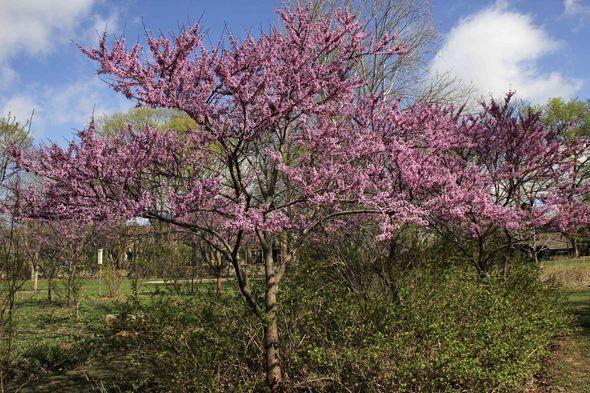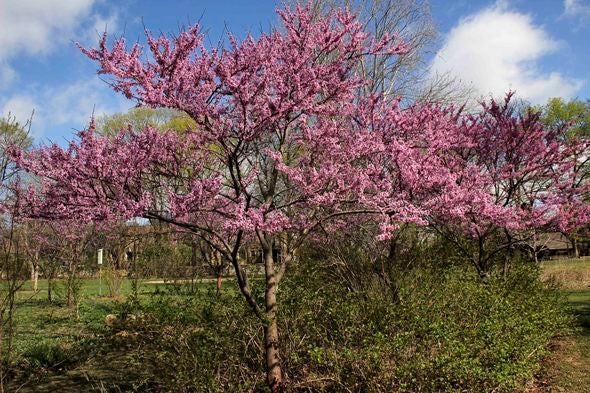
Xplor reconnects kids to nature and helps them find adventure in their own backyard. Free to residents of Missouri.


































Stay in Touch with MDC news, newsletters, events, and manage your subscription

Xplor reconnects kids to nature and helps them find adventure in their own backyard. Free to residents of Missouri.

A monthly publication about conservation in Missouri. Started in 1938, the printed magazine is free to residents of Missouri.




Kansas City, Mo. – Early greenery and blooms are pleasant in spring, but not all are good for nature or people. With spring planting season underway, the Missouri Department of Conservation (MDC) urges gardeners and landscapers to consider planting native trees, shrubs, grasses and wildflowers as ornamentals. Some even double as natural food sources. They’re an alternative to non-native species that have become invasive and harmful to natural plant communities.
MDC’s Anita B. Gorman Discovery Center will host free Go Native demonstrations 9:30 a.m. to 2:30 p.m. on Saturday, April 16. The walk-in program for all ages will have presentations on native plants for landscaping. Visitors can view the extensive plantings in the Discovery Center’s outdoor garden. Some native seedlings will be available for free for visitors to take home and transplant. The Missouri Prairie Foundation will also offer a native plant sale.
Showy white blooms recently covered the downy serviceberry trees at MDC’s Anita B. Gorman Discovery Center. These native trees provide spring harbingers and do well in ornamental plantings. Plus, the red berries that appear in June are edible for people and birds.
Other native trees are also showy in spring when used in lawn settings, said Wendy Sangster, MDC urban forester. Choices include dogwood, yellowwood, redbud, blackhaw viburnum, hophornbeam and chokecherry. A mix of trees will provide a variety of blooms. Plus native trees are host to the caterpillars that become colorful moths and butterflies, which are also food sources for backyard birds.
Non-native trees provide far less benefits for pollinator insects like butterflies, because the insects did not evolve with them as food hosts. Some non-natives are also invasive. Bush honeysuckle was introduced long ago as an ornamental shrub, but it’s now become a noxious, thorny invader of untended spaces that grows thick and crowds out native plants and trees.
Bradford pear trees, a Callery pear cultivar, have been planted in many urban areas for their showy white blooms in spring. But they have serious drawbacks. Various hybrids have managed to cross pollinate and produce viable seed, and Bradford pears are now an invasive species choking out native trees and shrubs on wild lands. Plus, Sangster said, they are poor landscaping choices because they are weak trees and easily break during ice or wind storms.
For information about the Go Native event at the Discovery Center, call 816-759-7300 or visit http://mdc.mo.gov/node/281.
MDC offers information about home landscape trees that help people and wildlife at http://www.mdc.mo.gov/discover-nature/trees-work.
The Heartland Tree Alliance, an MDC partner in the Kansas City metro area, provides information about trees that do well in urban settings, https://www.bridgingthegap.org/heartland-tree-alliance. A useful source for information about native wildflowers, grasses, shrubs and trees is available at http://www.grownative.org.